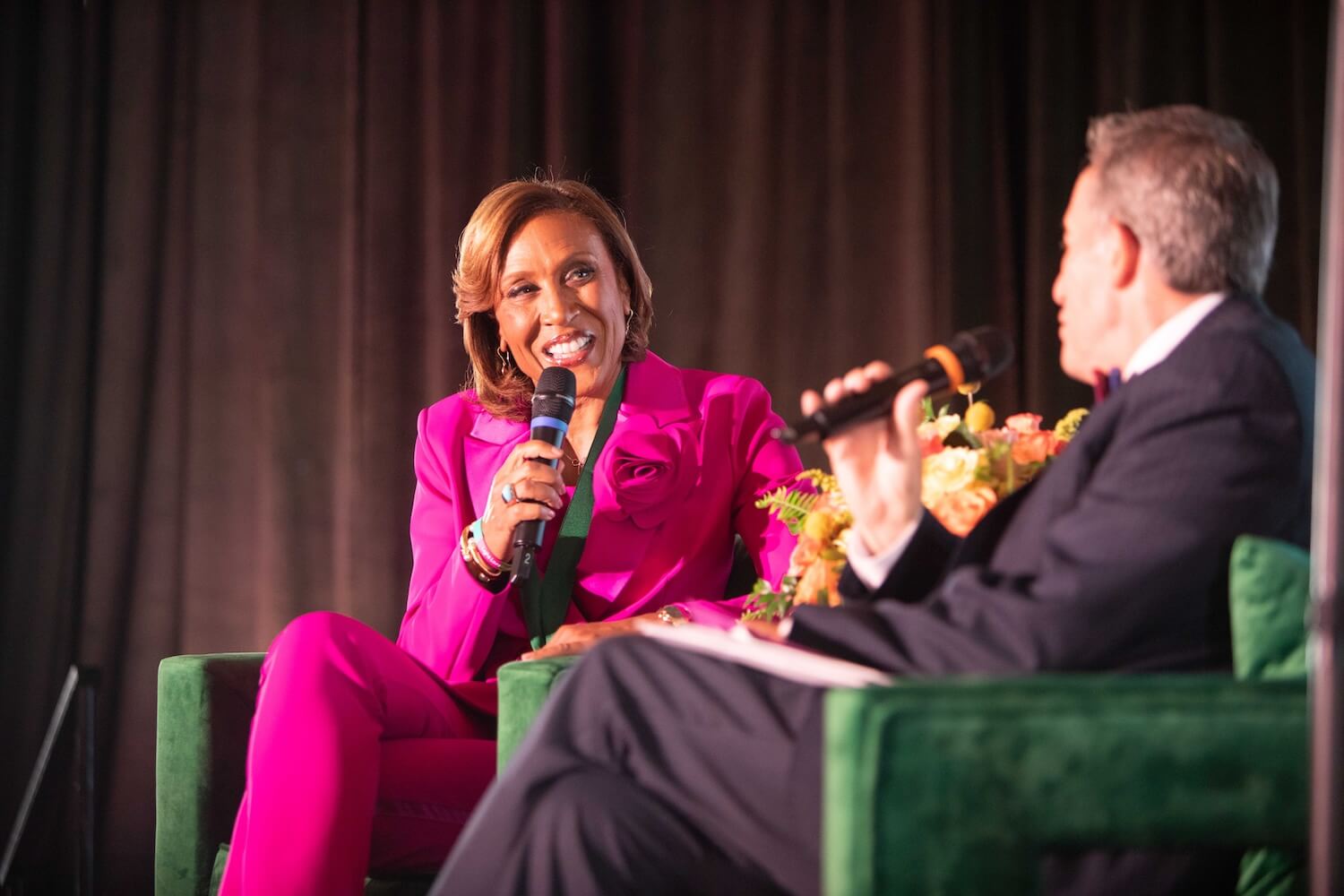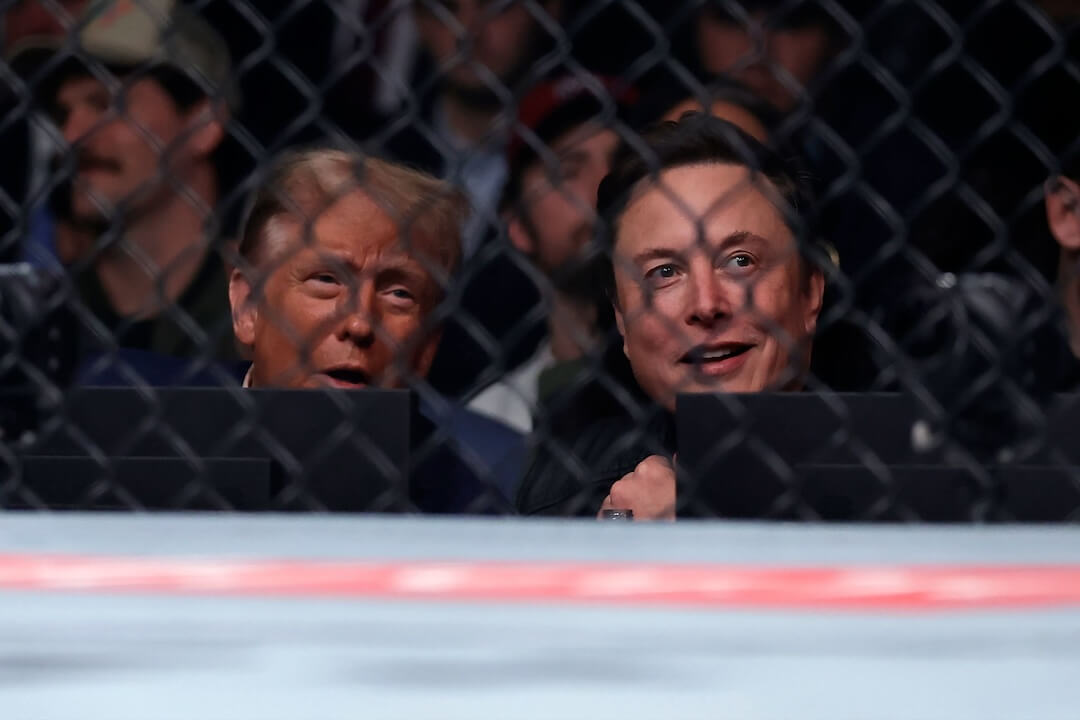In 90 percent of the redesign projects I have worked on, one of the primary questions has been how to deal with an abundance of typefaces. In these projects, the staff has implemented and inherited sometimes dozens of different typefaces. Some were favorites of a previous editor, others seemed appropriate for a new section that was launched, and so forth.
Often the “1,001 fonts” philosophy is the result of an art department that allows each page designer the use of his or her favorite font, often with good intentions. For example, a story about weddings will use a script font such as one might find on a wedding invitation, or a story about child’s play will use a font that looks like crayons.
It’s often a challenging act of diplomacy to convince these art departments, and sometimes editors, that “less is more” when it comes to headline typography. But I argue that the reader is the one who benefits.
Here’s my ammunition:
While we sometimes don’t see it when designing them, the news pages of the newspaper must co-exist with that other half of the business — advertising.
By its nature, advertising design is very chaotic. Each advertiser wants his or her ad to “stand out” from the crowd. If each page designer or editor wants to do the same with his or her page or section or nameplate, the result is a dizzying chaos, and possibly sends the message that the paper does not have its act together.
From a “branding” standpoint, minimalism in typography translates immediately into cleanliness, orderliness, easy of navigation, and consistency. This allows the reader to immediately gauge the worth of the news, to read the text more quickly, and to judge the reporting and editing. “Pure” visuals such as photos, graphics, and illustrations also have much more impact if they do not have to compete with a cacophony of fonts surrounding them (or a mess of special font effects like shadows, outlines, gradient colors, and so forth).
To build on that point, readers are not as dumb as we sometimes think them to be. Do they really need the visual signal of a wedding-type font to understand that a story will be about weddings? Here’s where I employ my “get it” argument — that readers will “get it,” that the story is about weddings, when they see a photo of a woman in a huge white dress holding a floral bouquet.
They don’t need what I call “junk fonts” to nudge them into understanding. At the very least, they will comprehend a well-written headline and deck whose content (not display) says “wedding.”
In my recent redesign of The Dallas Morning News, the paper adopted one headline family, Miller, for use in almost all instances. It’s a typeface with a variety of weights that provides versatility, and works on headlines for briefs as well as large display type — even illustrative “art heads” used on key features sections.
With thorough training, any newsroom staff can learn to use a minimal range of fonts to great effect, creating drama, impact, humor, action, or other moods as appropriate to the news.
The lesson: Less is more when selecting headline typefaces. While the art department may not have as much “fun,” the brand of the newspaper, and the reading experience, will benefit.
–All or a portion of this column was originally published in the IFRA newsletter.





